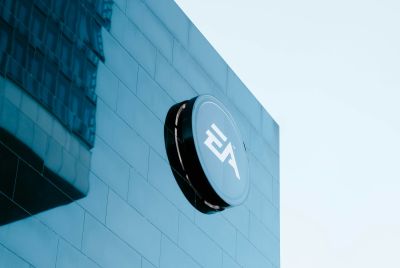SpaceX First Commercial Satellite Launches
An unmanned Falcon 9 rocket developed by SpaceX, blasted off on Tuesday (December 3) to put the company's first commercial satellite into orbit, staking a potentially game-changing claim in a global industry worth nearly $190 billion (£116bn) a year.
The 22-story rocket lifted off from its seaside launch pad at Cape Canaveral Air Force Station in Florida at 5:41 p.m. EST/2241 GMT.
Two previous launch attempts last week were scuttled by technical glitches, including a last-second abort on Thursday. Engineers later discovered oxygen inside the rocket's ground-based engine igniter system.
Perched on top of the rocket was a 3,175 kg communications satellite owned by Luxembourg-based SES S.A., which operates a 54-satellite fleet, the world's second-largest.
The satellite, known as SES-8 and worth more than $100 million, will be positioned to provide television, broadband and other communications services to customers in India, China, Vietnam and elsewhere in Asia.
SpaceX's launch schedule includes nearly 50 missions, worth about $4 billion. About 75 percent of the flights are for commercial customers.
SpaceX aims to put SES-8 into an elliptical orbit that reaches more than 50,000 miles from Earth, about a quarter of the way to the moon.
SpaceX needs three successful launches of its upgraded Falcon rocket before it will be eligible to compete to carry the U.S. military's largest and most expensive satellites, a market now monopolised by United Launch Alliance, a partnership of Boeing and Lockheed Martin.
Presented by Adam Justice






















